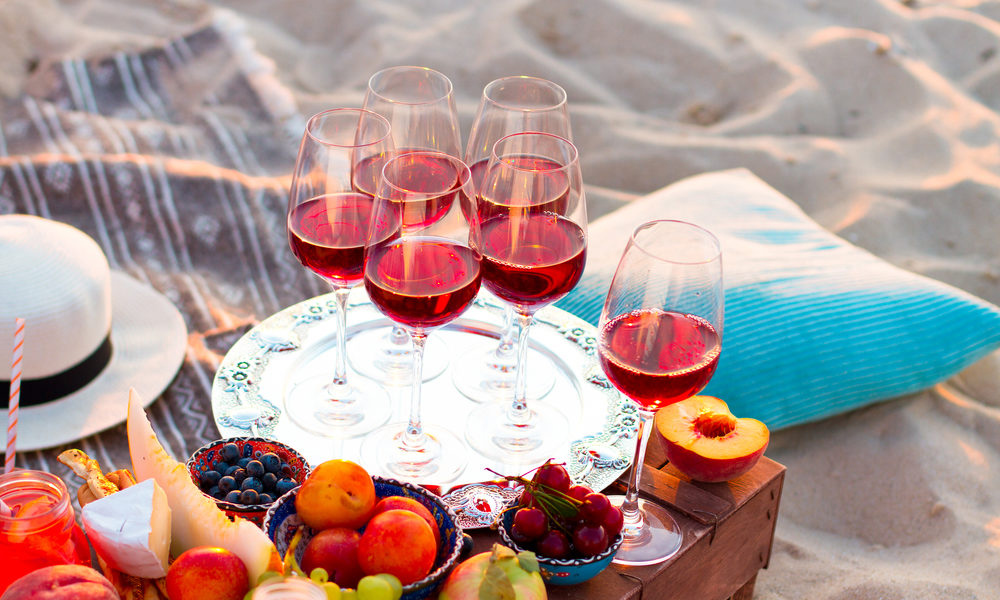By Michael Bray
The next stop on our journey through the structural components of wine is a sweet one – we’re talking sugar. Residual sugar, to be precise.
During fermentation, yeasts convert natural grape sugars into alcohol. Any grape sugars remaining in the wine after fermentation are referred to as residual sugar (or RS). Different grape varietals have varying levels of residual sugar, and it’s also possible for the winemaker to halt the fermentation process before all the sugar is transformed into alcohol. Thus, the type of grape used, as well as the decisions of the winemaker, have a massive impact on the sweetness (or dryness) of the finished wine.
When it comes to wine, there is an important distinction between sweetness and fruitiness. The hallmark tasting notes of certain wines can lead us to believe we will be sampling a liquid confection. Descriptors like “ripe berry fruit,” “juicy peach,” and “strawberry jam” prepare our palates for a fruit-based dessert. Certain flavor qualities enhance our perception of sweetness, without indicating an elevated level of residual sugar. We taste notes of vanilla and baking spice in an oaky California Chardonnay, and we assume the sugar level of the wine must match the flavor impressions. In reality, many wines – such as Sauvignon Blancs and Chardonnays – offer an essence of fruity, sweet flavors, while still being technically and structurally dry.
While dry wines are often considered superior to sweet wines, it’s worth noting that some of the most exceptional and age-worthy wines in the world are dessert wines with formidable levels of residual sugar. Reserve Port, French Sauternes, and Hungarian Tokaj are renowned as some of the best wines in the world, and they are also some of the sweetest. They avoid becoming cloyingly saccharine, and stand the test of time, due to their formidable structure of acidity. Wine is all about balance, and acidity provides the necessary backbone to support sweet wines and prevent them from tasting dull, flat, and flabby.
For this week’s tasting experiment, I encourage you to try a dry, fruit-driven white wine (perhaps a New Zealand Sauvignon Blanc, like Babich Sauvignon Blanc 2021). Taste the wine on its own, and consider the flavor impressions you detect, along with other notable features, like the wine’s mouthfeel and level of acidity. Next, I’d suggest that you taste a sweeter white wine, such as a German Riesling (try Dr. Loosen Riesling 2020 from Germany’s Mosel region). Consider the flavor impressions of this wine, and note how it tastes and feels different on your palate. A comparison of the two will offer you a clear study on the difference between acidity and residual sugar in wine, and how the two can interact in balance. If you’re feeling truly daring, you could try adding a small amount of table sugar to a bit of your Sauvignon Blanc. I know this sounds weird! And I wouldn’t recommend this under normal circumstances. But for the purposes of training your palate and experimenting with sugar and acidity, this will provide an excellent lesson on how the addition of sugar impacts acidity, and vice versa.
I can’t wait to hear about your tasting journey. Keep me posted on what you taste and learn at michael@passionvines.com
Drink passionately (and have fun),
Michael
Michael Bray is the founder of and director of operations at Passion Vines Wine & Spirit Company in Somers Point and Egg Harbor Township. He serves on numerous local boards.






